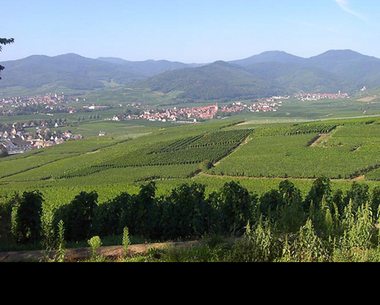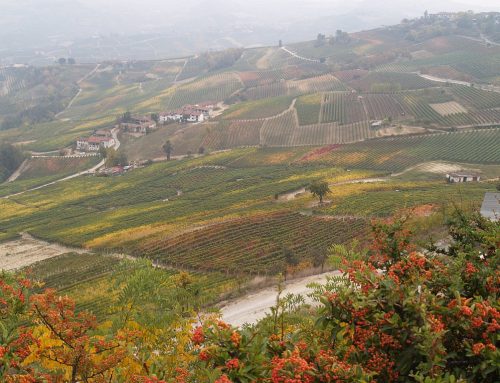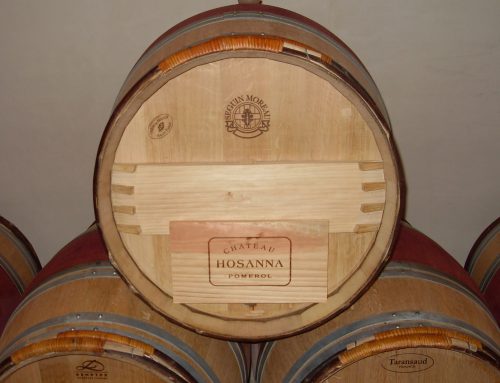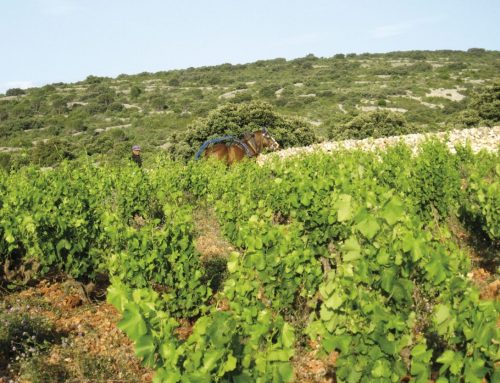Cremant d’Alsace is the smart way to enjoy quality and price when choosing a sparkling wine for upcoming graduations, weddings, and Memorial Day parties.
Cremant is the French term for a sparkling wine made in the Champagne method, but not originating in the Champagne region. That region is 90 miles northeast of Paris, but cremants are made in many areas, the best being Burgundy, Loire and Alsace.
The Champagne method takes place after the first fermentation creates a still wine by changing the grape’s juice to alcohol; the second fermentation, which creates the bubbles, takes place in each bottle, rather than in a tank (the process of many inexpensive sparkling wines). In its way, the Champagne method turns each bottle into its own fermentation vessel.
Alsace is in northeastern France and borders Germany. It wine history begins with the Roman Empire, and by the Middle Ages Alsatian wines were renowned in Europe and correspondingly expensive.
Alsace’s primary grapes are riesling, gewürztraminer, chardonnay, pinot gris, pinot blanc and pinot noir. The three pinot grapes and chardonnay are used in combinations, or individually, by various producers to make a cremant d’Alsace. Recently, I had three delicious cremants made from a selection of these grapes.
Since 1836, Gustave Lorentz has been a family-owned winery in the medieval village of Bergheim; it is currently managed by his descendant Georges Lorentz.
In 2012, Gustave Lorentz’s vineyards were certified organic. The nonvintage Gustave Lorentz Cremant d’Alsace Brut is equal parts pinot blanc, chardonnay and pinot noir. The first two grapes contribute the pleasing floral and white fruit flavors, and pinot noir adds body and acidity to the blend. The soft texture and mellow acidity makes it a perfect aperitif. It retails for about $24.
Domaine Barmes Buecher vineyards are certified biodynamic, which may be viewed as one part organic and another part mystical belief. But what I focus on is how well-made its nonvintage Cremant d’Alsace is. It is made from two white wine grapes: pinot blanc and chardonnay. Savory apple and citrus aromas and flavors are supported with acidity that keeps the palate fresh without being tart. Pair the nonvintage Domaine Barmes Buecher Cremant d’Alsace with crab cakes, grilled shrimp, or spicy sushi rolls. Its price tag is about $19.
The Pierre Sparr winery was founded by Jean Sparr in 1680. Pierre Sparr renamed it after himself after assuming ownership at the turn of the 20th century. He built it into a thriving business before World War II destroyed it. Then he reconstructed the family’s domain and vineyards, and with the aid of his two sons, expanded the family business in Europe and beyond.
The nonvintage Pierre Sparr Cremant d’Alsace Brut Rose’ is made only from pinot noir. Its eye-catching king salmon color will bring immediate smiles, and the ambrosial strawberry and cherry aromas and flavors will elicit praise. This sparkling rose’ is much softer than most rose’ Champagnes- both on the palate and the pocketbook. Expect to pay about $23.








Leave A Comment